Gunho Choi
Quantitative Phase Imaging and Artificial Intelligence: A Review
Jul 13, 2018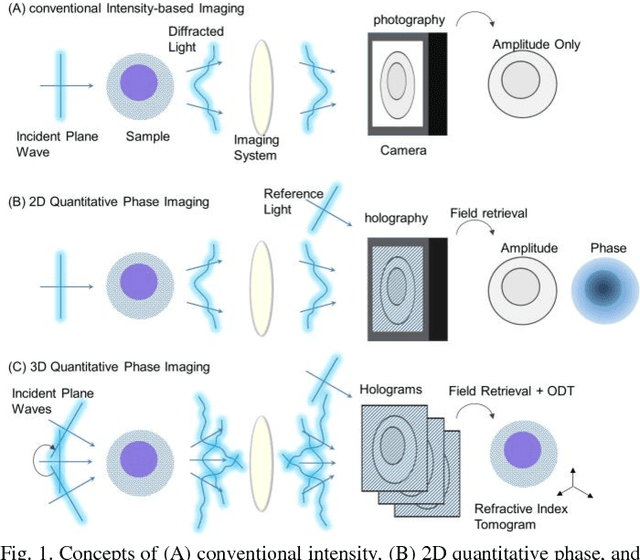
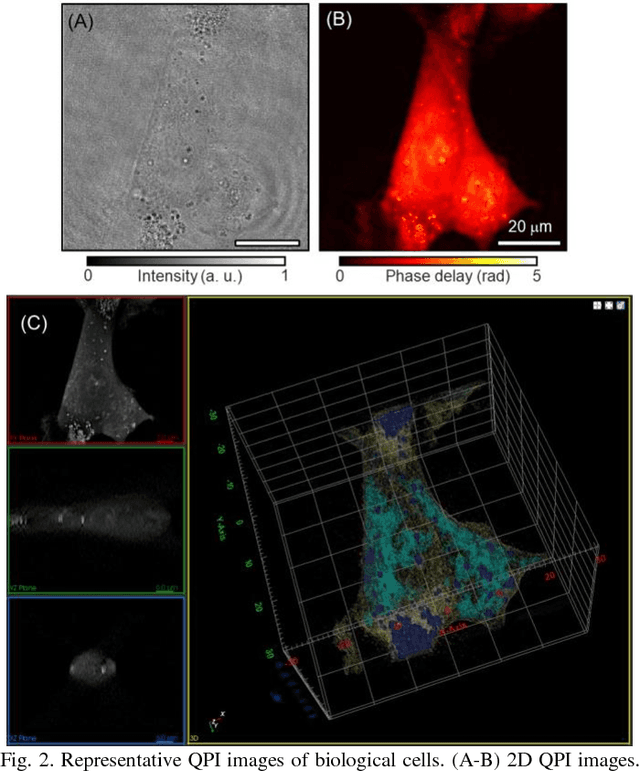

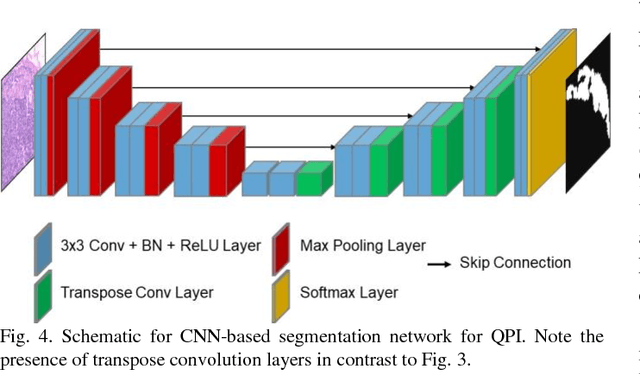
Abstract:Recent advances in quantitative phase imaging (QPI) and artificial intelligence (AI) have opened up the possibility of an exciting frontier. The fast and label-free nature of QPI enables the rapid generation of large-scale and uniform-quality imaging data in two, three, and four dimensions. Subsequently, the AI-assisted interrogation of QPI data using data-driven machine learning techniques results in a variety of biomedical applications. Also, machine learning enhances QPI itself. Herein, we review the synergy between QPI and machine learning with a particular focus on deep learning. Further, we provide practical guidelines and perspectives for further development.
Neural Stain-Style Transfer Learning using GAN for Histopathological Images
Oct 25, 2017

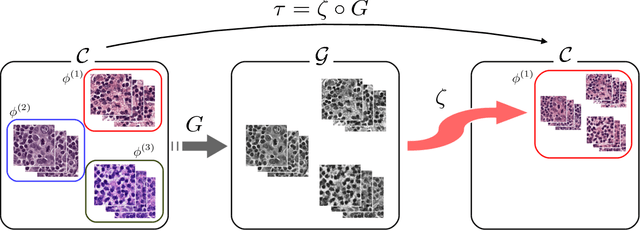
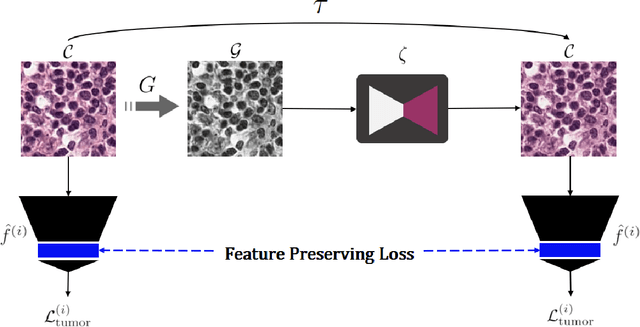
Abstract:Performance of data-driven network for tumor classification varies with stain-style of histopathological images. This article proposes the stain-style transfer (SST) model based on conditional generative adversarial networks (GANs) which is to learn not only the certain color distribution but also the corresponding histopathological pattern. Our model considers feature-preserving loss in addition to well-known GAN loss. Consequently our model does not only transfers initial stain-styles to the desired one but also prevent the degradation of tumor classifier on transferred images. The model is examined using the CAMELYON16 dataset.
 Add to Chrome
Add to Chrome Add to Firefox
Add to Firefox Add to Edge
Add to Edge